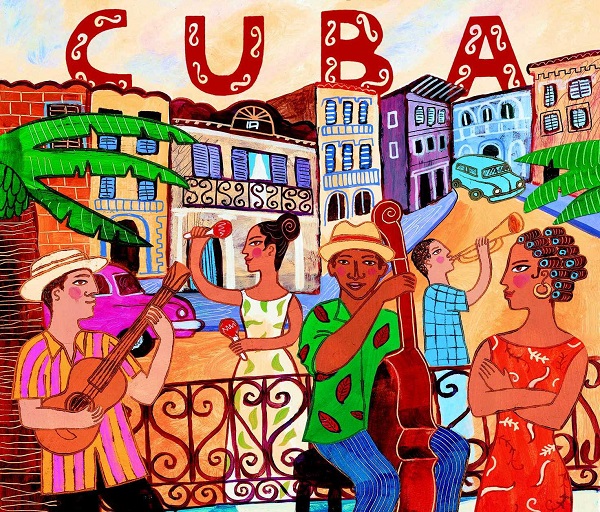10.2.2 The Feeling.

Feeling emerged in the 1940s in 20th-century Cuban music, when people began experimenting with the bolero, without creating a new musical form. It is the result of the innovation that emerged in the interpretation of our songbook.
Feeling is a word of English origin that means sentiment, emotion. In their performances, its performers freely express their feelings, dramatizing and exaggerating their gestures and vocal inflections. It is a genre that emphasizes the senses.
It has a notable influence from North American music, due to its jazz base. There is great interpretive freedom, as the performer plays with tempo and uses rubato extensively. The harmony is enriched with all kinds of chords. Feeling employs typical Cuban rhythms. The lyrics are poetic, romantic, and very realistic.
The group of performers and composers of the Feeling group consisted mainly of Luis Yánez, César Portillo de la Luz, José Antonio Méndez, Nino Rivera, Ñico Rojas, Elena Burke, Froilan, Rosendo Ruiz (son), Aída Diestro, and Frank Emilio. The Feeling was a vast musical movement, a collective work in which composers, performers, and arrangers played a predominant role, the latter making decisive contributions to the new style of Cuban music.
The first great composers of the genre were Cesar Portillo de la Luz, who created the song “Contigo en la distancia” in 1947, and José Antonio Méndez, with songs such as “La gloria eres tú” and “Novia mía.” Adolfo Guzmán composed “Profecía” in 1952, and Frank Domínguez won a competition in 1955 with his work “Tú me costumbreste.” The first performer to gain recognition was Miguel de Gonzalo, a singer from Radio Progreso, followed by small groups and renowned performers of Cuban music.








